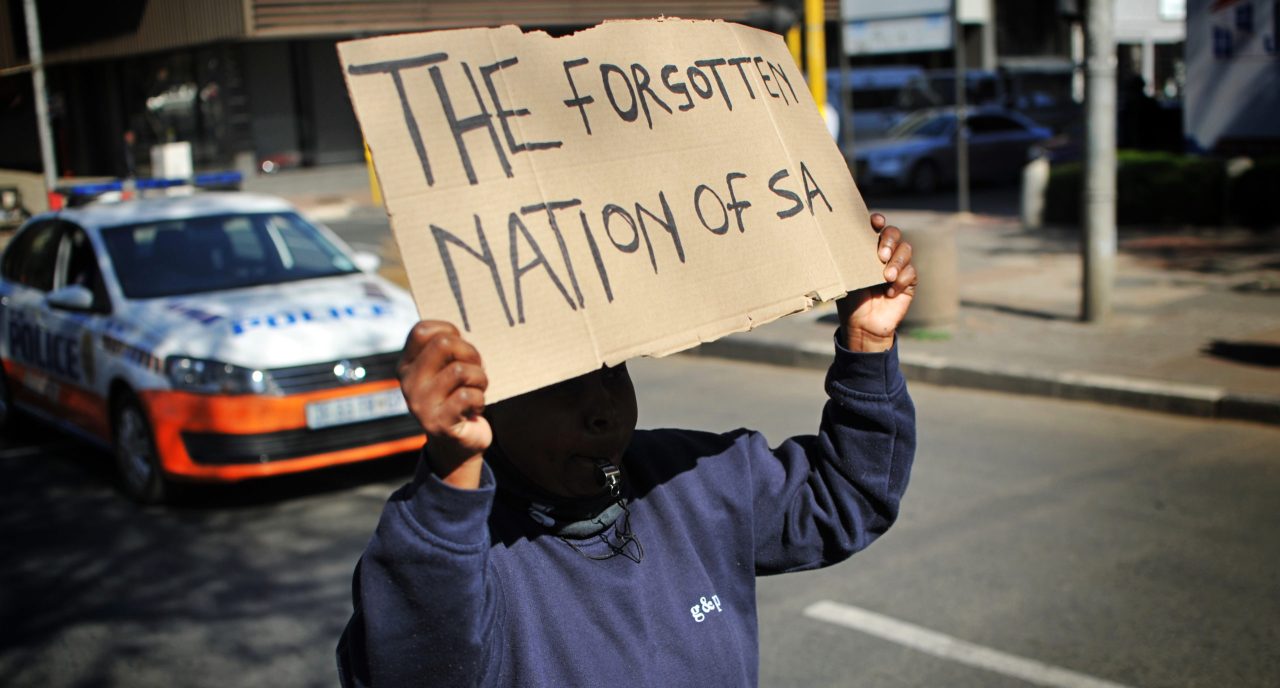The future of South African youth: an urgent and unclear problem …
President Cyril Ramaphosa’s long-awaited appointment to the new board of directors of the National Youth Development Agency (NYDA) has, once again, set what he called “the country’s desire to empower young people“in the spotlight.
Covid-19 has meant the national conversation on young people has taken on a new urgency. Young people are among those hardest hit by unemployment and deepening poverty since the start of the pandemic. the country’s unemployment rate, which peaked at 34.4% in the second quarter of 2021, speaks volumes. Unemployment is highest among 15-24 year olds (64.4%) and 25-34 year olds (42.9%).
However, there is a tendency, in the media as well as in public discourse, to engage in a conversation about the role of young people in our national development only when government initiatives grab the headlines, as today or as part of the of the annual and routine celebration of South Africa. Youth Day June 16. This, coupled with a tendency in South African youth policy not to take the youth agency seriously, has resulted in the invisibilization of this group.
Occasionally, young people gain visibility through protests, as public awareness of the issues they raise is momentarily catapulted into the spotlight. The Fees Must Fall movement of 2015-16, (and briefly 2021), was a clear demonstration of the power and activism of young people claiming a stake in their future.
The role of youth in South Africa’s development, however, is a conversation to be had every day, and especially now as we enter a crucial time to recover from the economic and educational losses suffered as a result of Covid. -19. The unemployment figures above are reasons for young people to be at the heart of economic recovery efforts.
However, beyond the government’s special distress social assistance grant, designed to mitigate the impact of Covid-19 on livelihoods, there is little social assistance to support young people who have not. no employment, studies or training, and who do not benefit from social insurance or cannot claim other social benefits. These are among the findings in a forthcoming book, Youth in South Africa: Agency, (in) visibility and national development, published by the Mapungubwe Institute for Strategic Reflection (Mistra).
The book brings together academics and practitioners, many of whom are young people, to examine South Africa’s national development as it relates to young people.
The book’s multiple authors explore the different ways in which young people demonstrate their determination, resilience, and free will to shape their own futures. Young people engage in their situation, shape their identity and communicate their views in ways that are often invisible or ignored by policy makers – from halls of churches and expressions of popular culture to grassroots initiatives and organizations. personal attributes of young people who see in the absence of political mechanisms to do the same.
The book also points out that organized politics does not always provide a space for the representation of young people’s views. Amid the low turnout in the local elections of November 1, 2021, the especially low participation of young voters. For a county in which more than one third of the population Composed of 15 to 35 year olds, the low registration rate on the electoral rolls testifies to a young electorate increasingly disillusioned by the parties which claim to represent them.
Young people are sometimes wrongly portrayed as apathetic in such contexts. Conversely, when they exercise their action by way of protest, they are perceived as antagonists. There is a duality in the way South Africa sees its young people. This is also experienced as a parallel to the promise and the problems of the youth: they carry both the greatest hopes and the greatest fears of the nation. This ambiguity, as Mistra’s book points out, is reflected in the various post-1994 policy frameworks to facilitate youth development.
The identity of young people is not limited to the problem of unemployment and their development goes beyond access to the labor market. Young people face persistent deprivations and socio-economic barriers in their daily lives in a number of ways. This hampers the transition from education to employment, but also has an impact on self-confidence, identity and well-being.
The authors of the book Mistra identify that many young people in South Africa are going through a period of what the anthropologist, Alcinda Honwana qualifies “waiting”, where persistent social and economic challenges prolong their transition from childhood to adulthood. It is a difficult context for the formative years of many young people.
Interventions that fail to take into account the full range of deprivations of young people, as well as how they intersect with other social markers such as race, class, gender and geography may have limited impact.
For this reason, efforts to facilitate youth development require concerted and coordinated efforts within government, as well as the engagement of non-government actors and organizations. The presidential intervention for youth employment is a positive step in this regard. However, political solutions must be broad in scope if we are to make a significant dent in the exclusion that young people face as citizens.
The appointment of the new NYDA board of directors is a step in the process of strengthening youth leadership, but it is insufficient to ensure that policy solutions effectively meet the needs of young people. Efforts to advance youth development and the future of South Africa require direct engagement with the views and perspectives of young people on the ground.
Young people must be included in the political agenda, not as subjects but as actors and citizens, 365 days a year. DM
Dr Heidi Brooks is Principal Investigator: Humanity at the Mapungubwe Institute for Strategic Thinking (Mistra).
The Mistra edition, Youth in South Africa: Agency, (in) visibility and national development, edited by Ariane De Lannoy, Malose Langa and Heidi Brooks, will launch on November 23, 2021.

